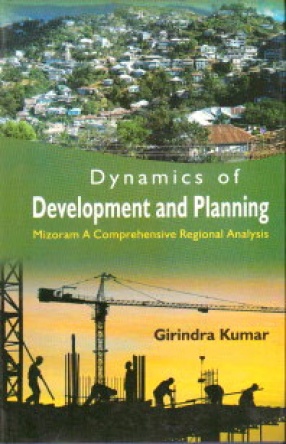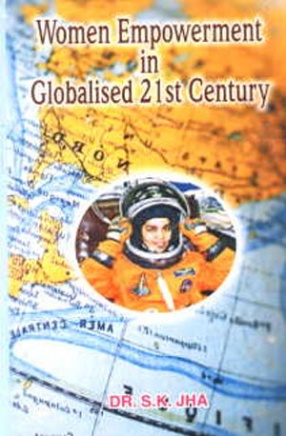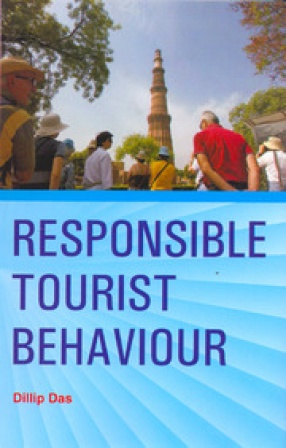Present book, in the light of more pronounced at paradigm shifts since 1980, dwells upon the evaluation of resultants of adopted models development and planning strategies in geographical space of a developing region. It examines the obtained conditions through systematic study of geographical facts in Mizoram and their impact on human behaviour and spatial organisation. Theoretical constructs accepted at global and national levels and experiments with their uniform application have been analysed with reference to the uniqueness of the socio-cultural milieu that distinguishes one region from the other.
With realisation of growing destitution, deprivation and exploitation under existing capital intensive models of development the present work is an effort to prescribe alternative to promote harmony with nature as well as amongst the people and the communities on one hand and mutual dependence of regions on the other.
The book may be helpful to the students of the undergraduate classes as it provides systematic and comprehensive study of regional attributes examples of which have been drawn from the state of Mizoram. The book may also be used as reference and guide to researchers, public administrators and academicians who are open to evolving and much talked about concepts of participatory governance and people’s empowerment.





There are no reviews yet.